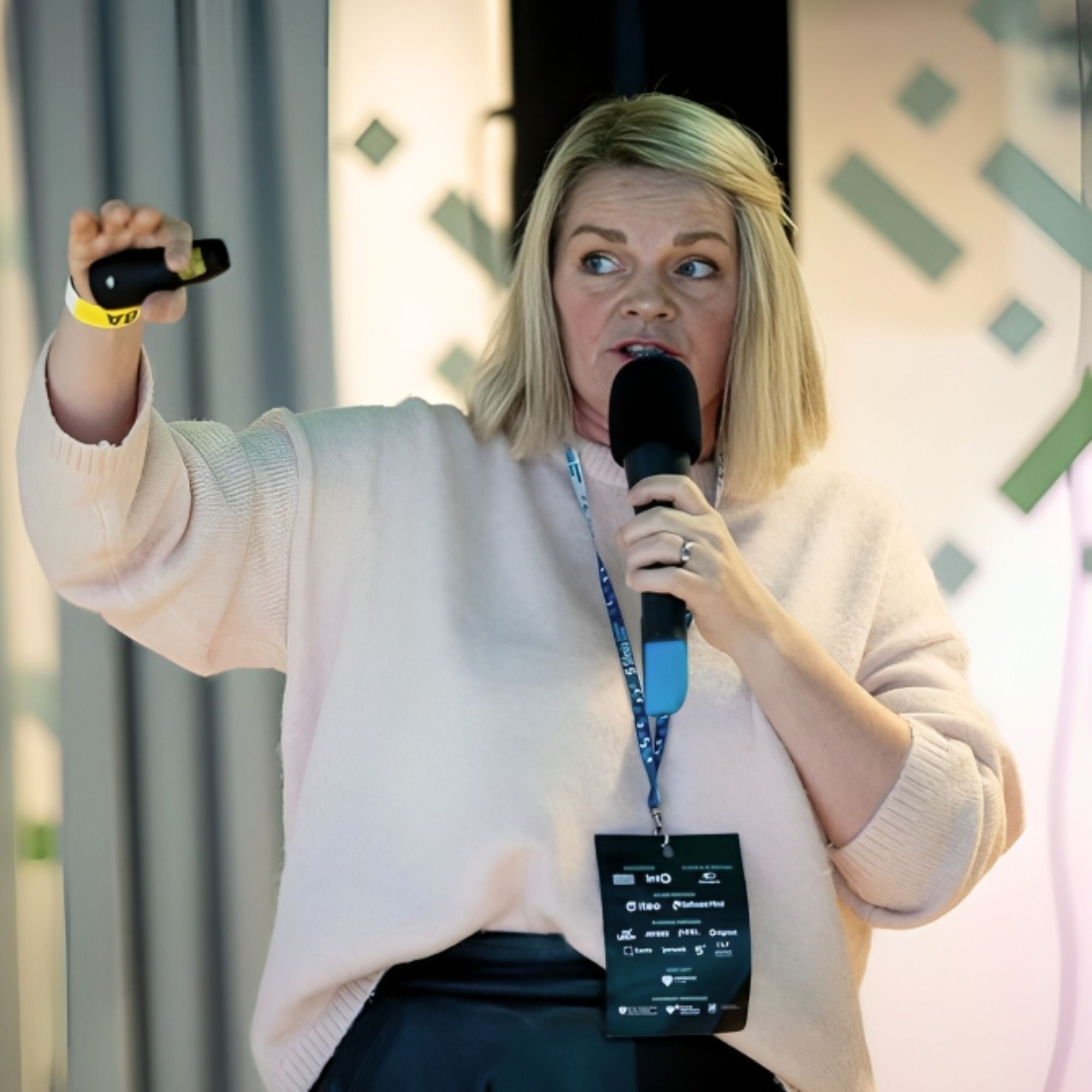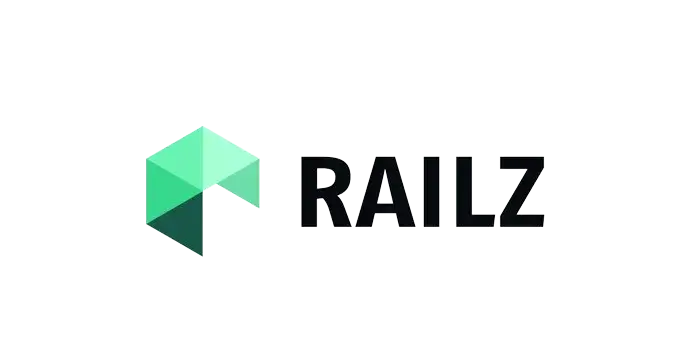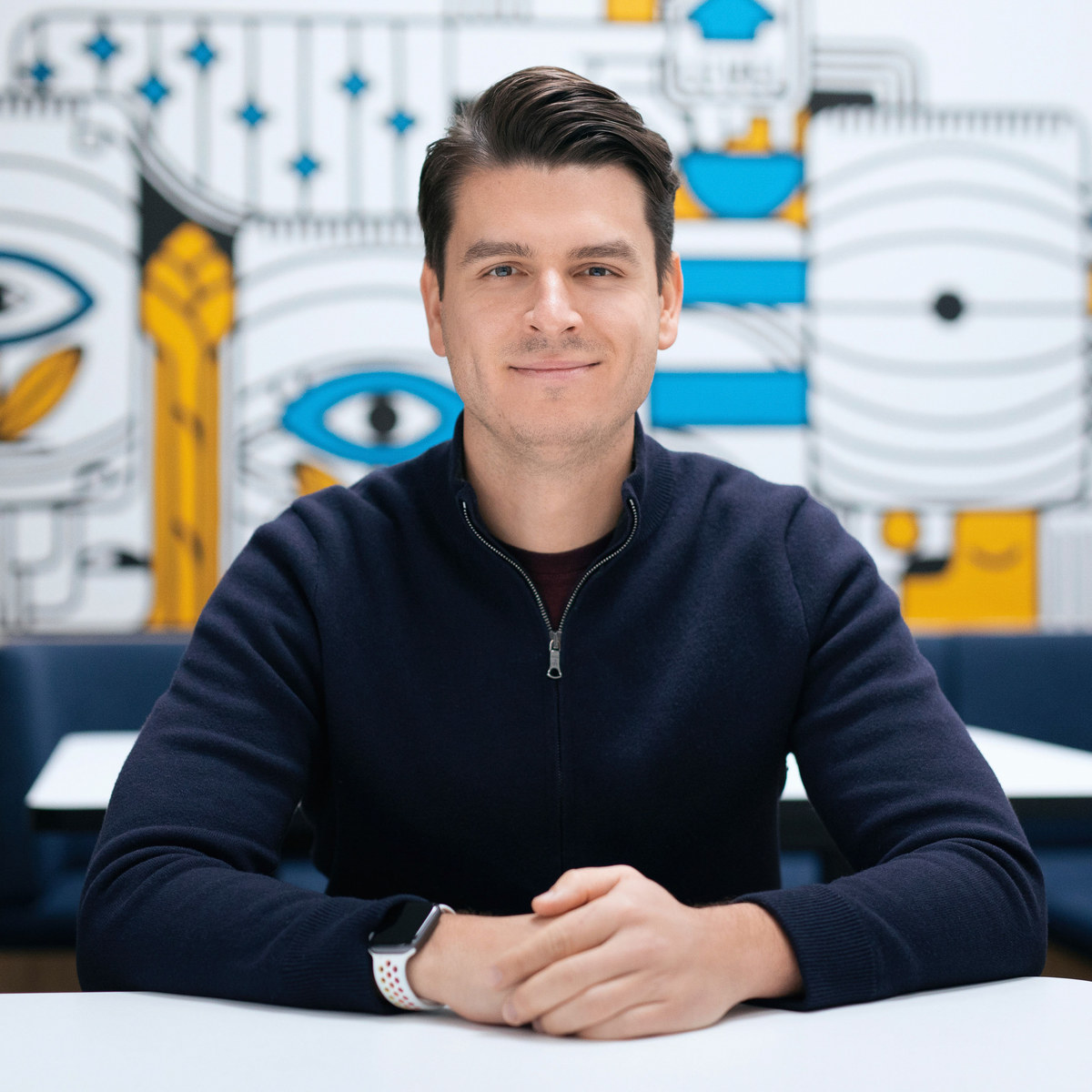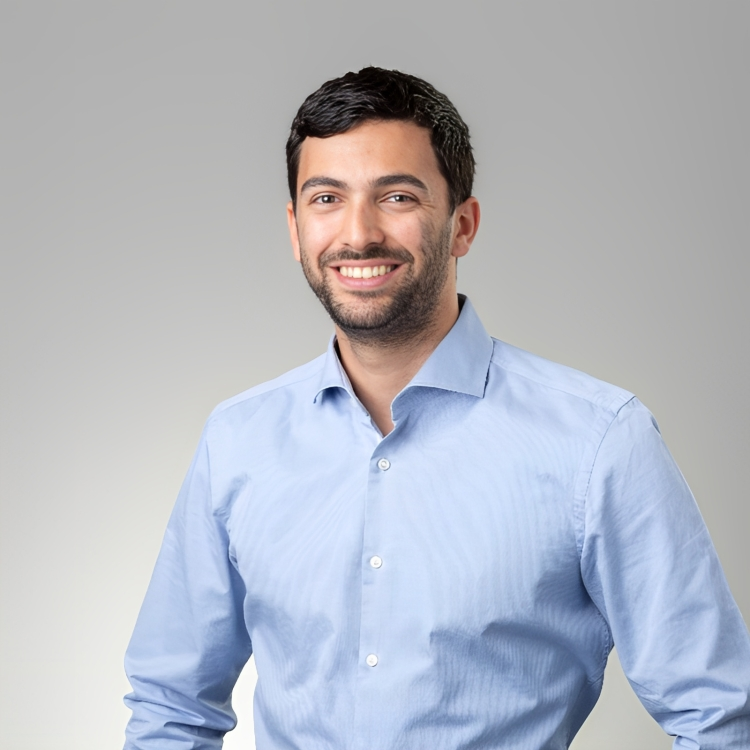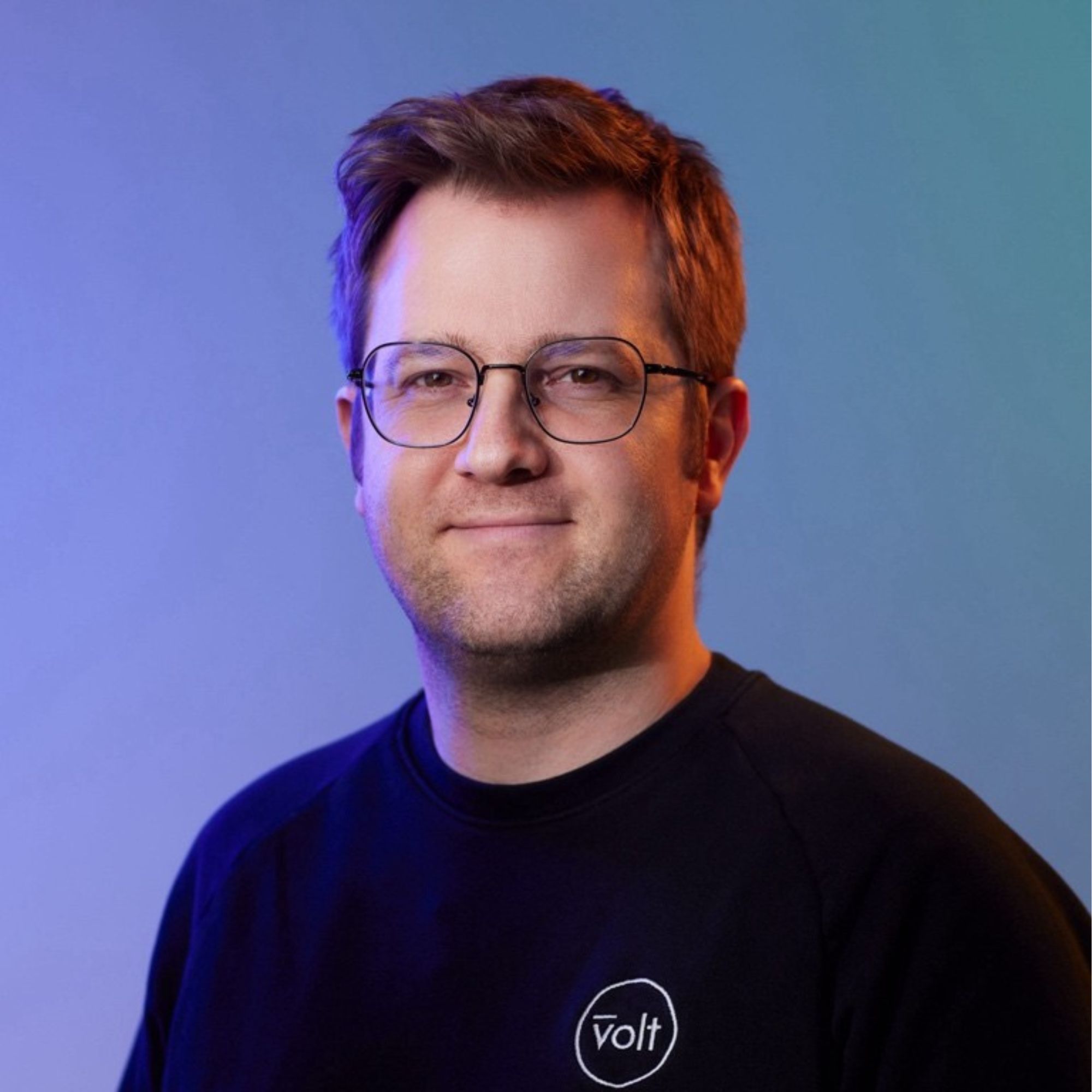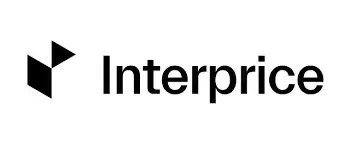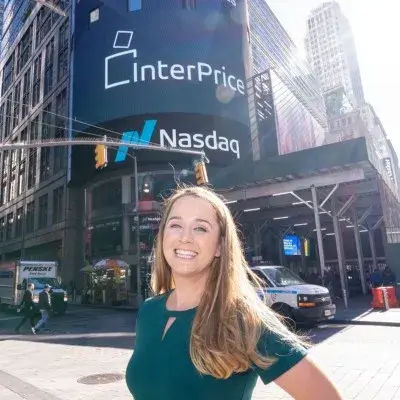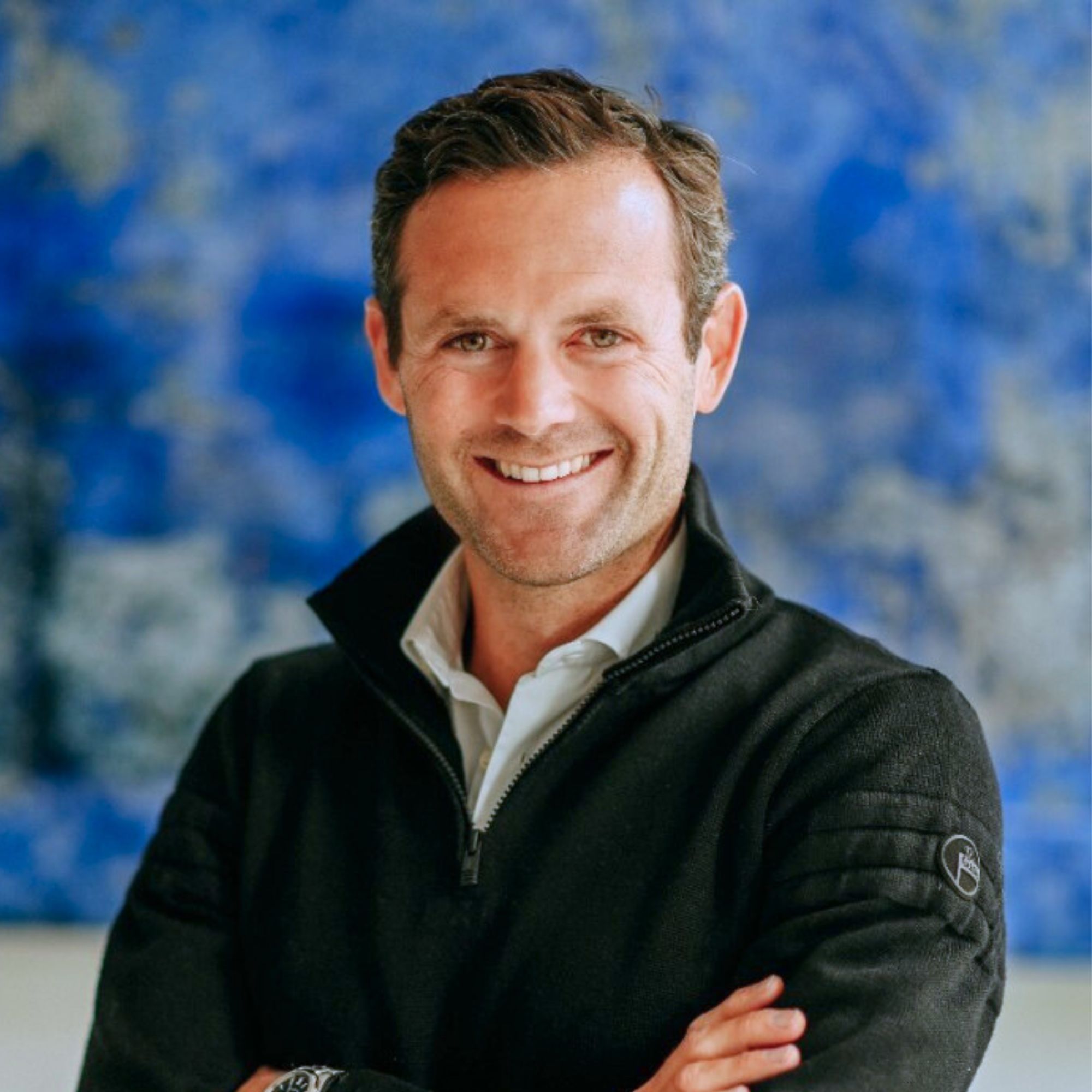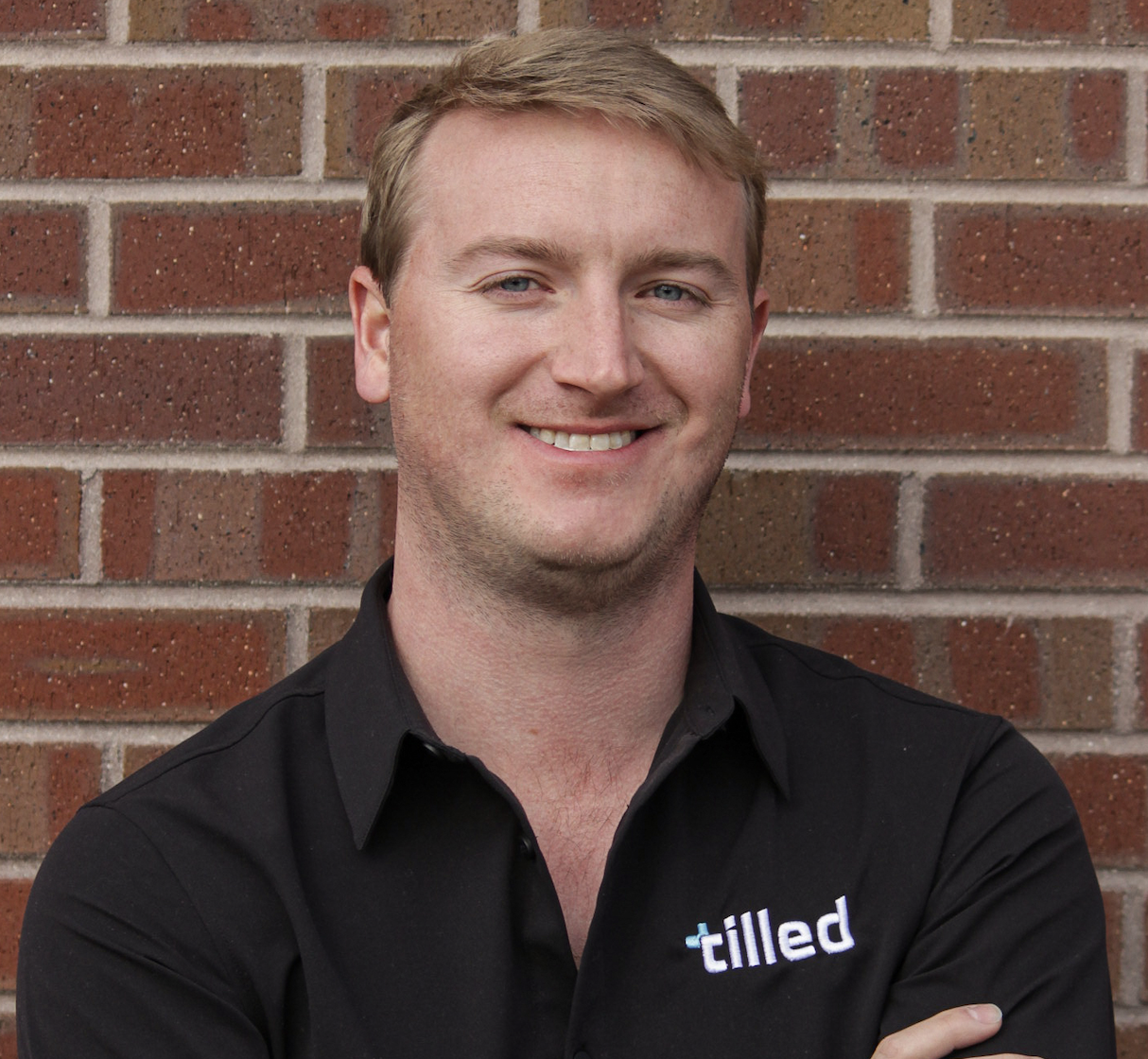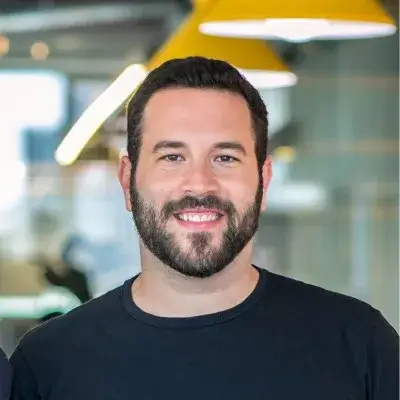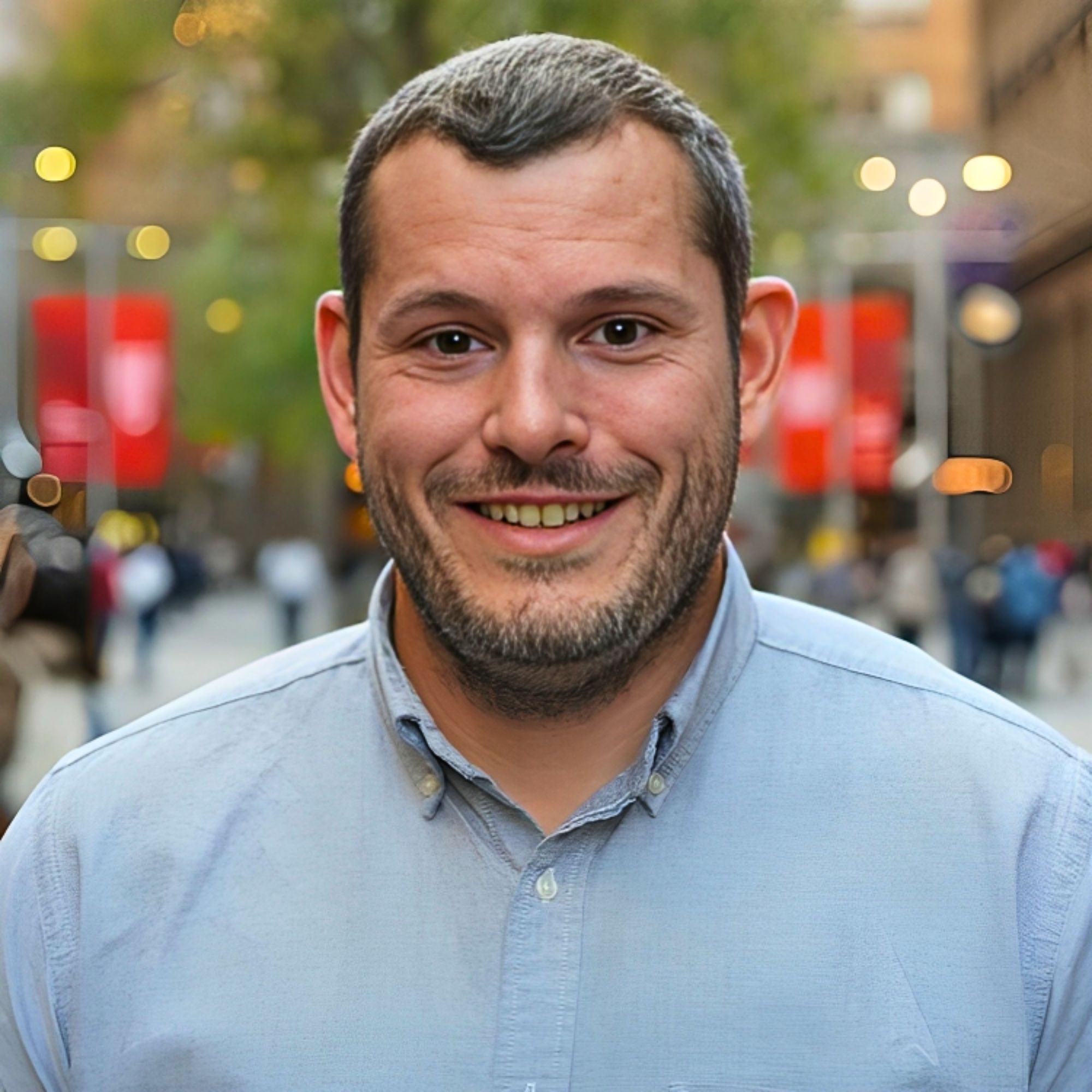Ready to build your own Founder-Led Growth engine? Book a Strategy Call
Frontlines.io | Where B2B Founders Talk GTM.
Strategic Communications Advisory For Visionary Founders
Actionable
Takeaways
Price on value, not cost, and let customer conversations reshape your understanding:
Carmen admits that every client conversation changes her valuation of the product's impact, typically making it bigger than initially thought. She prices based on the value delivered rather than cost structure. B2B founders should remain flexible in their value proposition and pricing as they learn more about customer impact through direct engagement.
Product demonstrations beat pitch decks for technical buyers:
Carmen raised $5.7M without ever creating a pitch deck, instead letting prospects interact directly with her product and writing a simple memo. For technical products solving complex problems, demonstrating actual capabilities often proves more effective than polished presentations. B2B founders should prioritize building working products over perfecting sales materials.
Embrace being the "dumbest person in the room" for learning velocity:
Carmen describes consistently being the least technical person in rooms full of CTOs, AI researchers, and GPU experts, but leverages this as a learning advantage. She asks hard questions and co-creates products on the fly based on these conversations. B2B founders should view knowledge gaps as opportunities for rapid learning rather than weaknesses to hide.
Target systemic problems that span multiple sophisticated buyer types:
Silicon Data serves everyone from chip designers to hedge funds to AI companies, requiring Carmen to handle technical GPU questions, financial modeling queries, and AI workflow concerns in single meetings. This breadth creates natural expansion opportunities and defensibility. B2B founders should look for problems that affect multiple stakeholder types within their target market.
Leverage unique background intersections to spot obvious-but-overlooked opportunities:
Carmen's combination of financial services expertise and data company experience let her quickly identify that compute needed the same risk management tools available in every other commodity market. The solution was "extremely intuitive" to her but invisible to others. B2B founders should examine how their unique background combinations reveal opportunities others might miss.
Conversation
Highlights
Silicon Data: Building Financial Infrastructure for the AI Economy
The compute economy has a trillion-dollar problem hiding in plain sight. While AI companies burn through millions on GPU costs with margins that swing from healthy profits to devastating losses overnight, the infrastructure to manage this volatility simply doesn’t exist. In a recent episode of Category Visionaries, Carmen Li, CEO of Silicon Data, shared how she spotted this massive gap and built the world’s first GPU compute risk management platform.
The Aha Moment That Changed Everything
Carmen’s journey to founding Silicon Data wasn’t typical startup fare. After decades in financial services—from trading floors to Bloomberg’s global data partnerships—she was looking for her “aha moment” for what felt like forever. “I have been looking for my aha moment, I would say for the past 20, 30 years or even longer,” Carmen explains. “This is the only idea I’ve had, I guess, you know, unlike some 20, 18 years old founders, they’re so smart, so lucky.”
The breakthrough came through her role managing Bloomberg’s global data partnerships, where she oversaw any Bloomberg data leaving their terminal for third-party ecosystems. This put her at the intersection of conversations with AI startups that were launching solutions for major institutions. What she discovered was startling.
“They were launching solutions obviously for the kind of institutions they were using… So we’re working together with technical solutions. I was excited for them, like hey, congratulations, you’re one month old and you’re serving the largest client. And then end up they complained to me saying that hey, you know, they are actually a business model is not working.”
The problem was brutally simple: these AI companies had fixed SaaS revenue but wildly fluctuating compute costs. “Their revenue model is SaaS, right? So those hedge funds or institutions pay them like a monthly fee and they deliver some work for the hedge funds. So their revenue is pretty much fixed. However, the cost is a lot driven by computer, right?”
The volatility was destroying margins. “Today you can be lucky get at that time 3, 4 per GP per hour. Tomorrow guess what, it’s 9. So their margin goes from healthy 40, 50% to negative for them it’s no economic skill.”
The Obvious Solution Nobody Was Building
For Carmen, the solution was immediately clear—and frustratingly obvious. Every other commodity market had solved this exact problem decades ago. “Imagine like you go around and tell American Line, hey, American Line, guess what? You can no longer hedge crude oil price fluctuation. They will go bonkers. There’s no way for them to run any company, right? No way they can charge your tickets. How do they do it? They use futures and options to manage their volatility.”
The disconnect was striking. “If you think in that sense, then doesn’t make sense. But compute doesn’t have a robust risk management products and tools. When I say risk management is really financial products, right? Like for example, again, American Line, they don’t call OPEC saying hey, give me five year contract for oil.”
Carmen saw compute as the next massive commodity market. “I believe compute as a form of resource, right? I believe will be bigger market than all energy combined in the future.” Yet this potentially trillion-dollar market lacked the basic financial infrastructure that every other commodity took for granted.
The reason nobody was solving this was the classic East Coast/West Coast divide. “People who understand GPUs, they probably not thinking about optional futures option futures probably doesn’t understand all different variation of GPU clusters and nodes performances. They’re a little far away from the hardware. Right. Gap between, you can consider east coast and west coast.”
Carmen’s unique background bridged this gap perfectly. “Because of my exposure to both hardware and financial services and data, I was able to see that kind of sort of misinformation not very quickly, but very intuitively. So that’s why I jumped in right away, be like, hey, someone needs to do this. And I find it very hard for me to think of someone else to do this.”
From Idea to Execution at Lightning Speed
Once Carmen identified the opportunity, everything moved extremely fast. A conversation with Don Wilson, founder and CEO of DRW Trading, crystallized the timing. “I run into the founder and CEO of dlw Don Wilson and he’s talking about something really interesting about COMPUTE as a spot market resources and how COMPUTE will be the biggest asset classes and all things that I see in my data world.”
The fundraising process was unconventional, to say the least. Carmen raised $5.7 million total without ever creating a pitch deck. “I don’t have a deck. I raised 5, 7 total. Like farming in total. I still don’t have a deck. People do ask me for a deck obviously when I’m doing seed round. Then my feedback is I don’t have one. I don’t have time to create one.”
Instead, she let the product speak for itself. “I let them to play around with my product and a maml. I don’t have a deck. I still don’t have one even for a board meeting.”
Her reasoning was refreshingly practical: “You know, my investors like, you know, maybe create a nice attack. I would say two hours of my time. That’s a lot to queen deck every quarter. It’s a lot. I think four times a year, two hours a time. It’s eight hours a whole day of my time. Coindex. It’s a lot of time.”
Building the World’s First GPU Compute Index
By October, just months after starting, Silicon Data had created something unprecedented: the world’s first GPU compute index, published on Bloomberg Terminal. “We already got a lot of interesting data assets and were able to make a lot of products by end of the year including historical data sets. And then early this year we onboarding a lot of clients.”
Their data advantage is substantial. “We have over 4 million pricing points where only company can really process a lot of data based obviously my experiences and data companies.” This comprehensive dataset enables them to provide GPU benchmarking services and performance analytics across different GPU types and configurations.
The Unique Go-to-Market Challenge
Silicon Data’s sales process defies conventional wisdom. Carmen finds herself in meetings with eight different stakeholders simultaneously. “It’s usually me, obviously only me because I’m only non engineer, right? It’s usually just me and then the CTO and head of AI head, data scientists, portfolio managers, some traders, usually me to like eight people.”
Each stakeholder asks completely different questions about the same underlying technology. “The CTOs obviously some of them be like hey how do you procure how the GPU works? And for them it’s like they want to get GPU resources… And then the PMs are the traders, right? Be like hey how do you do the alpha? How do you figure out this utilizations and mispricing which is leading indicator? How do you do normalizations? These are very specific financial data questions.”
Rather than seeing this as a challenge, Carmen embraces it as a competitive advantage. “It’s not a sales job. It’s almost like brainstorming job where you talk about what you see, right? May not be a product yet. I usually ask them, hey, do you think do you want this data product? And some of them be like yeah, I want this, I want that. Right? So we do create products on the fly pretty quickly for clients as well.”
Learning from Being the “Dumbest Person in the Room”
Carmen’s approach to client relationships is built on intellectual humility. “I’m probably the dumbest person in every single room, right? It’s amazing because I learned so much from my clients and partners.” This positioning allows her to ask the hard questions and gather market intelligence across technical, financial, and operational domains.
“Think about people I talk to. We’re probably only from the world Talking to Deep Seq, OpenAI, TSMCs and all the financial hedge funds and banks at the same time, right? So it’s very, very extremely cheap design houses and fabs and it’s amazing.”
This breadth of conversations continuously reshapes her understanding of the product’s value. “Every time I talk to people I change the valuation I have about the idea very quickly because I know the impact I can have. Most of the time it’s bigger than I thought it would be. So I price my product based on the value, not based on the cost.”
The Future of Compute Risk Management
Looking ahead, Carmen sees Silicon Data evolving into the essential infrastructure layer for compute risk management. “Three years we should be able to you know have financial products for people to manage their risks. Again anything with rel can be GPU can be token can be anything.”
The vision extends beyond just GPU pricing. “Hopefully we will become industry norm for GPU benchmarking and then for data insights and that will be hopefully a go to place for people who really want unbiased agnostic point of view. Right. That’s what we try to do. We agnostic design houses and fabs and different LLMs.”
Silicon Data’s success demonstrates how the biggest opportunities often hide at the intersection of industries. By bringing financial services discipline to the compute economy, Carmen has created something the market desperately needed but couldn’t build itself. As AI continues its explosive growth, the infrastructure to manage its financial risks becomes not just valuable, but essential.
The lesson for B2B founders is clear: sometimes the most valuable companies are built by finding obvious problems that nobody else can solve—not because the solution is technically complex, but because it requires a unique perspective that bridges different worlds.














